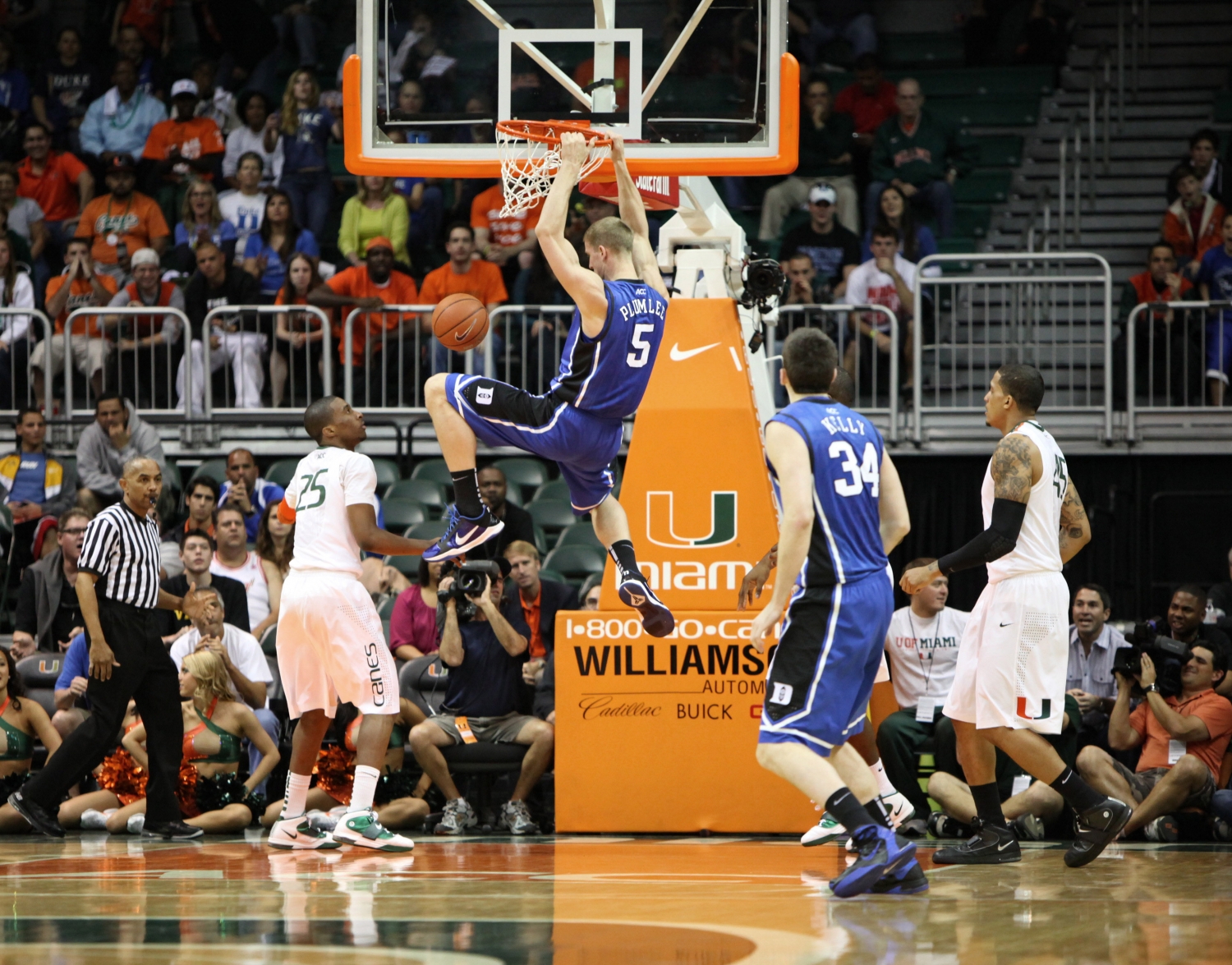Basic Differences between Men’s & Women’s Basketball
Have you ever wondered about the differences between men’s and women’s basketball? If yes – then you are here at the right place as we are about to go through the details of the differences, including rules and playing style.
Let’s jump into the basic differences between men’s and women’s basketball without further ado.
Keep reading!
Size of Basketball
The primary difference between men’s and women’s basketball games starts with the ball itself. In the NBA, professional men’s basketball players use basketballs that measure 29.5 inches. On the contrary, the basketballs that women players use in the WNBA measure 28.5 inches.
Playing Style
Starting from the difference in the basketball size, the playing style in the basketball leagues for men and women also differs. In a typical men’s basketball game, you can expect more dunks and, eventually, more scoring.
On the contrary, in women’s professional basketball games, you can expect less scoring and more layups. An interesting fact about the difference in the playing style between men and women is that professional women basketball players are about three percent better than male players regarding shooting the ball from the free-throw lane.
Difference in Popularity
The greatest noticeable difference between men’s and women’s basketball leagues is the difference in the game’s popularity – especially in connection to television ratings and the number of people who are attending the games.
WSN reports the difference between the game’s attendances for 2022, where the NBA had an average crowd of more than 20,000 through their home games. The game attendance for WNBA had an average of approximately 10,000 fans for each of their home games.
When comparing the attendance gap between men’s and women’s basketball at a college level, men’s basketball games have approximately 3,000 more fans than women’s games.
Regarding television ratings, the average viewers of men’s games are in the millions, whereas the average viewers of women’s basketball tournaments are in the thousands.
When it comes to women’s top collegiate sports, softball has stolen the spot as it is more popular than basketball among women, which is quite evident in the offering of youth softball training at most colleges.
Nonetheless, if we were to determine the popularity of women’s sports based on television ratings, then basketball clearly takes the crown.
The Difference in the Backcourt Rule
According to the backcourt rule in basketball, the player who possesses the ball has a specific timeline to cross the half-court line. In men’s basketball, the player with possession of the ball has no more than ten seconds to cross the half-court line,
On the contrary, in women’s basketball, there are no time-associated rules for the player in possession of the ball to cross the half-court.
Playing Time Difference
The playing time for men’s and women’s basketball – both at the college and professional levels – is different. The NBA comprises four twelve-minute quarters, whereas each of the four quarters for the WNBA is ten minutes.
At the college level, men’s basketball has two halves, with each half being of 20-minutes, whereas women’s basketball at a college level comprises four quarters, with each quarter being of ten minutes.







As I know, the most noticeable difference is in the circumference of the women’s basketball, which is one inch (2.54 cm) less than the men’s basketball. Thanks for sharing this informative article and geometry dash scratch
Your statement of women’s college basketball not having a back court time limit is incorrect.
You state …”in women’s basketball, there are no time-associated rules for the player in possession of the ball to cross the half-court.”
There is a 10 second backcourt rule in women’s college basketball.
The 2024 women’s college basketball rule book states in Rule 9 , Section 10 (10 second Back Court) :
RULE 9 / Violation and Penalties
Section 10. 10-Second Backcourt
“The 10-second count shall begin when a player legally touches the ball in their
team’s backcourt, except on a rebound or jump ball. In such case, the 10-second
count shall start on player control. Once the 10-second count begins, an inbounds player (and their team) shall not be in continuous control of a ball
that is in their backcourt for 10 consecutive seconds. The ball gains frontcourt
status when both feet of the dribbler and the ball touch the frontcourt, when
the ball touches another player or an official in the frontcourt, or when, during
team control, a thrown or loose ball touches the frontcourt. The 10-second
count shall be reset on all stoppages of the game clock, except when the
opponents cause the ball to be out of bounds, the team in control retains
possession following a held ball, an administrative technical foul is assessed to
the team in control, or the team in control is granted a timeout”.
Im citing this for a school project. what year was this article made?